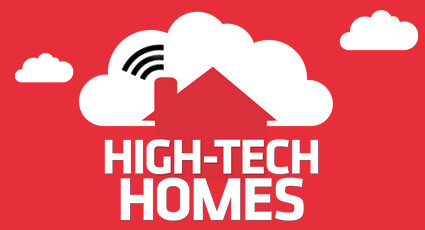What you’ll be shopping for in 2020
The best gadgets and gizmos coming down the pipe
Advertisement
The best gadgets and gizmos coming down the pipe


Share this article Share on Facebook Share on Twitter Share on Linkedin Share on Reddit Share on Email